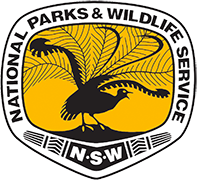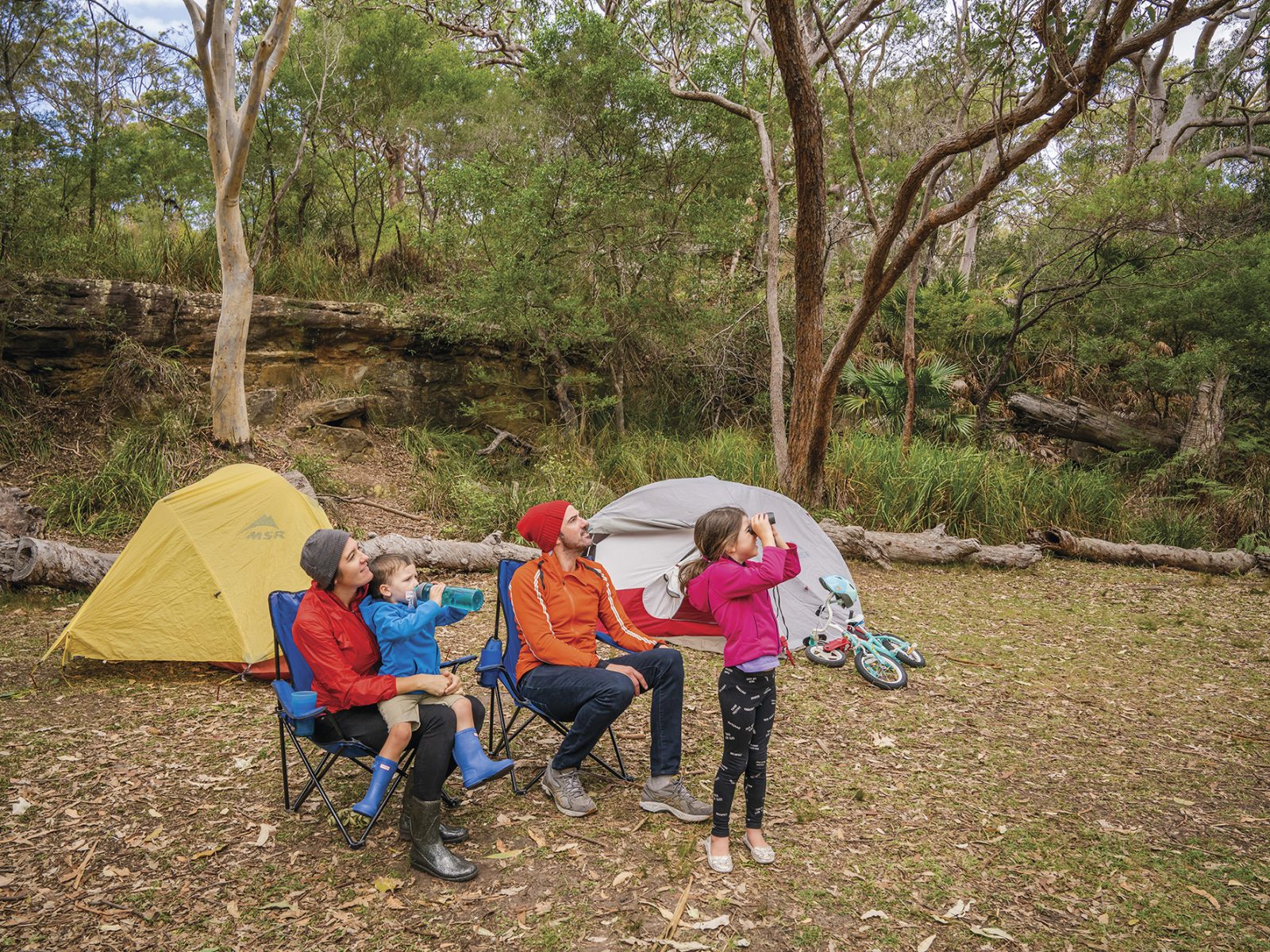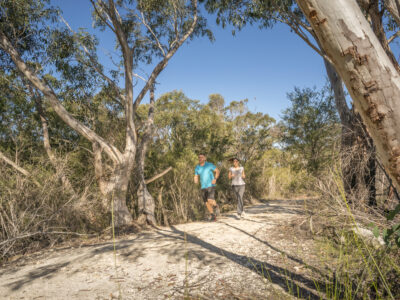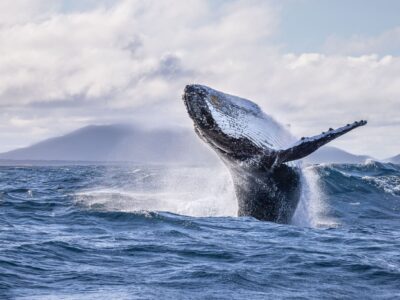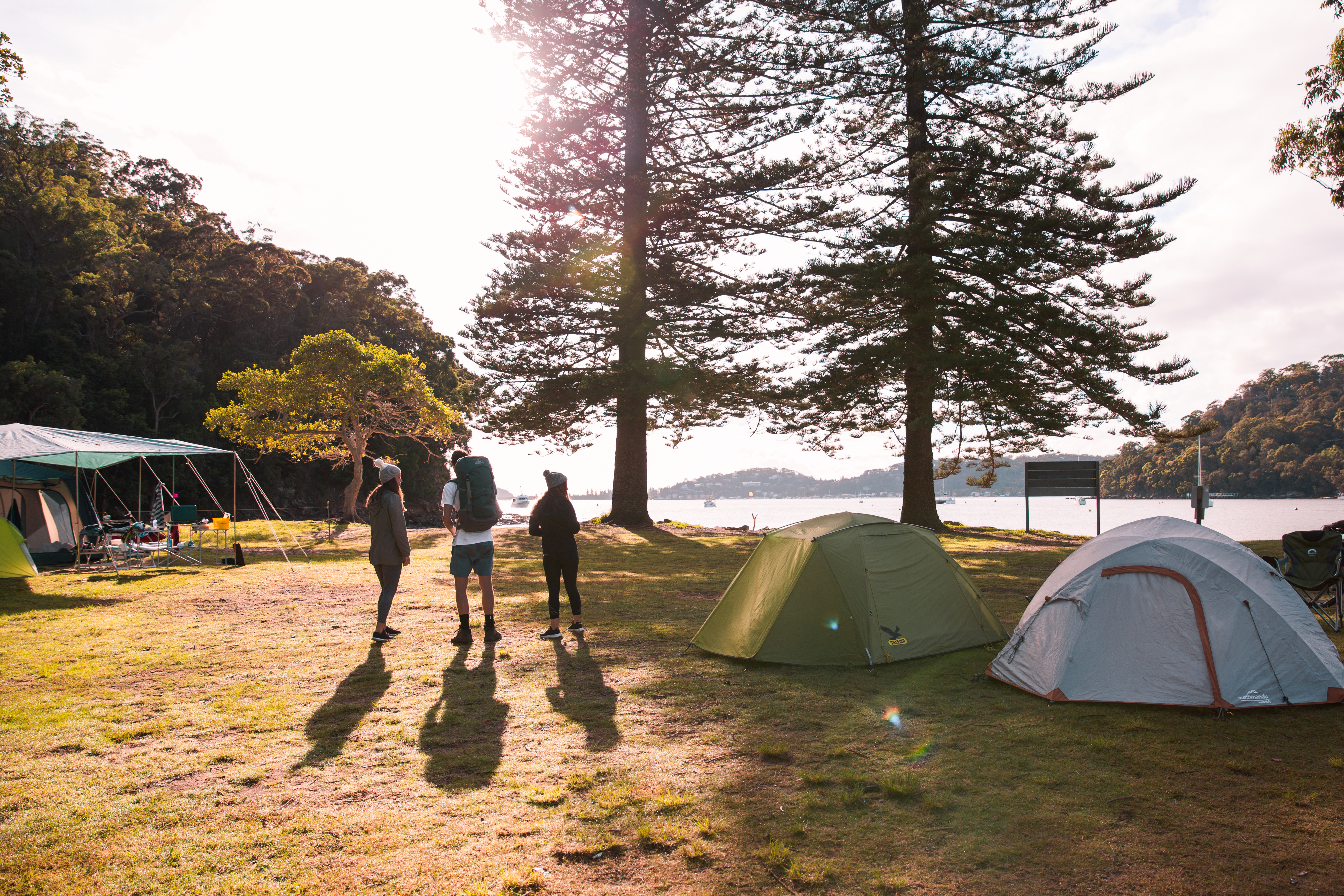If 2020 taught us anything, it’s that we all need some hobbies that don’t involve flying to exotic destinations. And if you’ve finished the stack of 1000-piece puzzles in your living room and binged your favourite TV shows, you may be struggling to think of what to try next. Our suggestion? Birdwatching. Trust us, it’s not just for retirees. Birdwatching will keep your body active, your mood positive and your family happy. Bonus: you can do it almost anywhere (even in lockdown).
-
It’s good for the environment
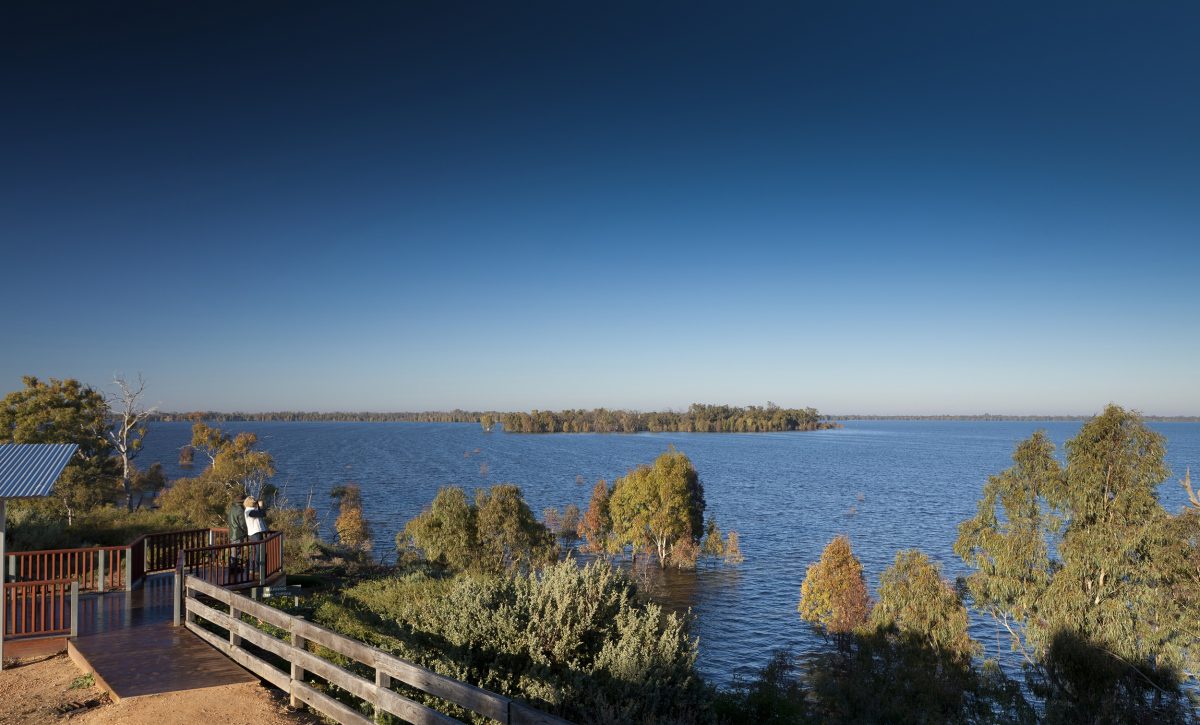
Environmental damage has had a devastating effect on our bird population. The bushfires of 2019-20 razed forests, grasslands and woodlands that were home to 832 native species, 45% of which were birds. The good news is that BirdLife Australia has seen a huge increase in people who are interested in birdwatching since the bushfires and during COVID-19.
By taking an interest in birdwatching, you’ll become an advocate for native birds and increase awareness of their plight. You can even volunteer for our conservation programs that support the recovery of threatened species in our national parks, like the endangered malleefowl, or shorebirds like the little tern and hooded plover. This work is vital if we want to make sure they’re around for future generations to enjoy.
Ranger tip: If you see a bird that’s injured or in distress outside of national parks, it’s a good idea to report it to a wildlife rescue organisation like WIRES.
-
It gives you a healthy body and mind
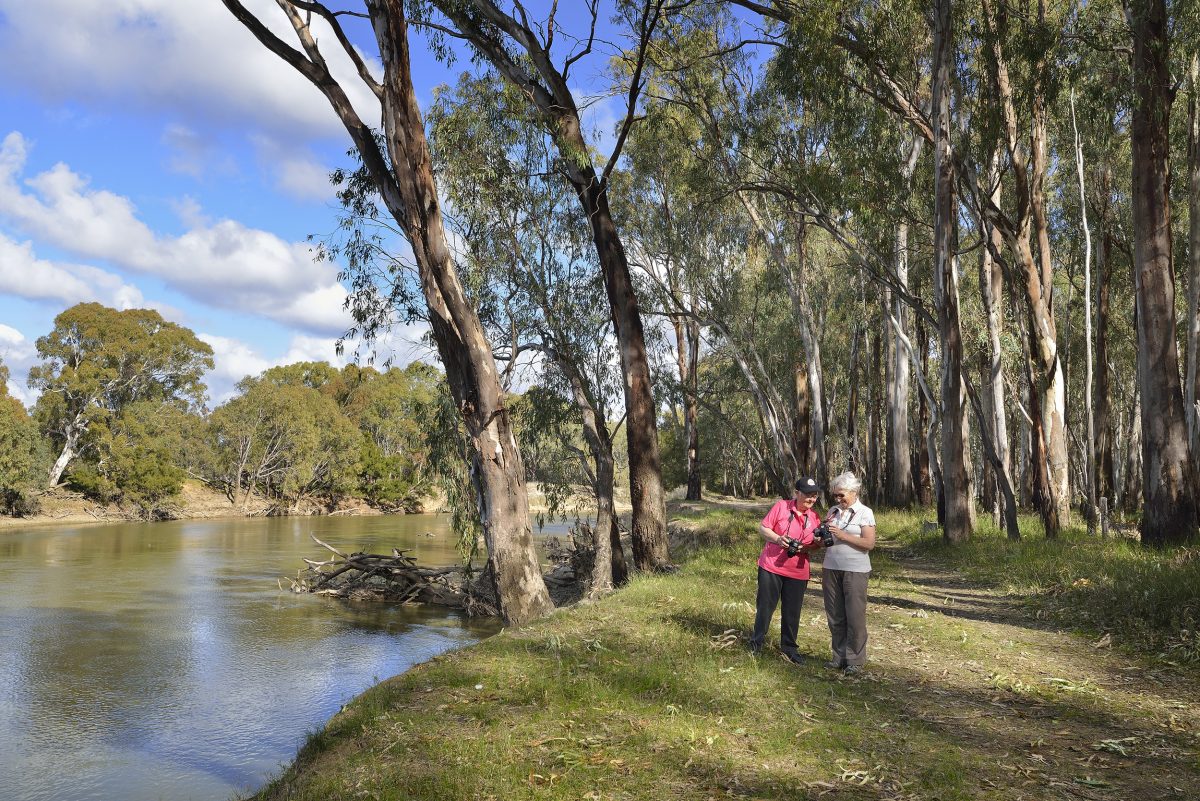
With everyone leading such busy lives, combining a workout, a catch-up with your bestie and the outdoors is always a good idea. Check your fitness app after a day of birdwatching and you might be surprised to see how far you’ve walked. As you become more of a pro, you may even find yourself doing more challenging hikes to get a glimpse of less common birds. Afterwards, find a grassy area to do some stretches or take a dip.
Taking that dip? Stay safe in the water with these water safety tips.
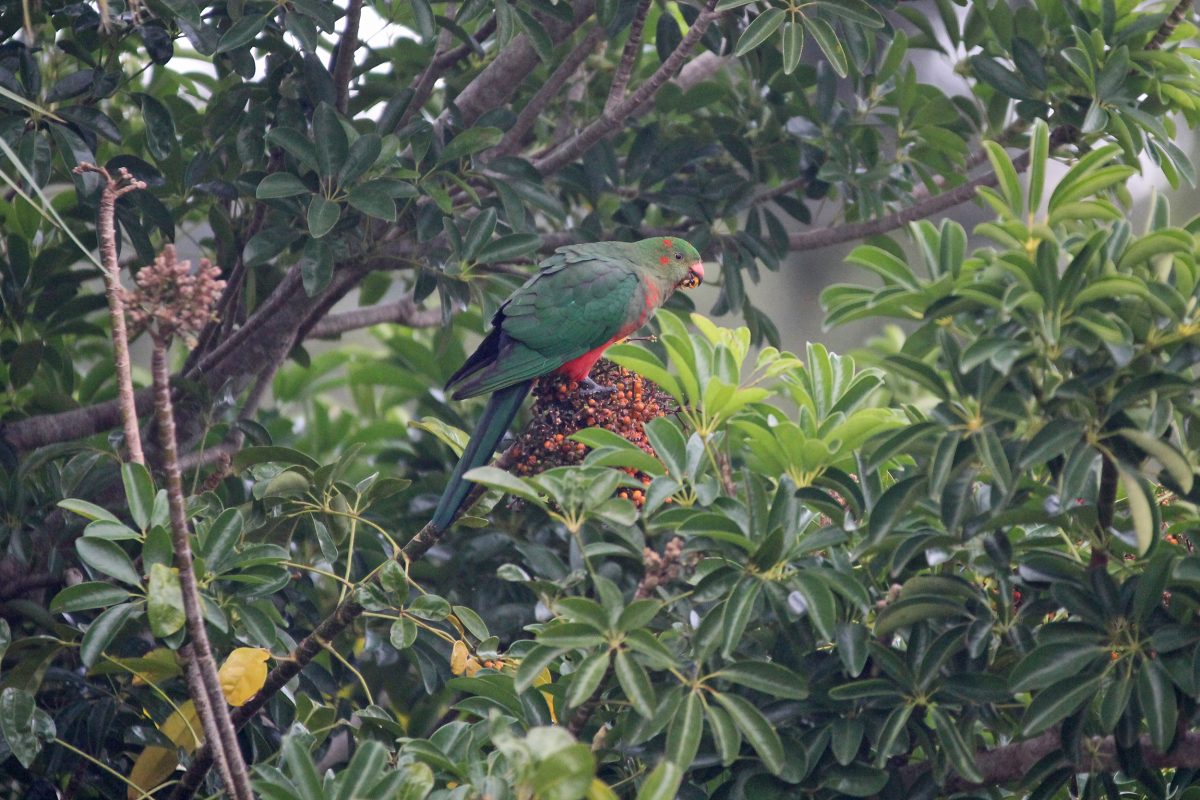 Photo Information
Photo InformationAustralian King parrot (Alisterus scapularis)
Rosie Nicolai / DPIE
Being in nature is good for your mental health, helping you feel more calm and balanced. It also forces you to live in the present moment. When you’re still and quiet, focused on the iconic call of the Eastern whipbird or the magnificent colours of the Australian king parrot, you’re not paying attention to the past or the future. This can be incredibly restorative, giving your mind a chance to relax and process what’s going on in your everyday life.
Ranger tip: Our national parks are natural unpredictable environments. Whether it’s a day trip or an overnight adventure, before you go: always tell someone you’re going and when to expect you back, check park alerts, and check the weather — be prepared for all conditions.
-
It gives you a goal to work towards

Photo InformationWhite-bellied sea eagle near Tuckers Rocks cottage, Bongil Bongil National Park
John Spencer / DPIE

Photo InformationWhite-bellied Sea-Eagle (Haliaeetus leucogaster)
Charles Dove/DPIE

Photo InformationWhite-bellied sea eagle swoops on prey at Shark Bay
Jessica Robertson/DPIE
If you’re a collector at heart, you’ll love the idea of setting yourself a birdwatching challenge. Start by creating a list of the birds you’re likely to see in NSW national parks, then go exploring. There’s nothing quite like the thrill of seeing a new species and ticking it off your list. You might not be close or fast enough to grab a photo, but collecting memories of a white-bellied sea eagle soaring over the coastline or the striking blue of the male superb fairy wren will be far more satisfying than collecting things that will gather dust at home.
Did you know? There’s an annual ‘Twitchathon’ event where birders try to see and hear as many birds as they can in a certain time. This can also be done on a local scale or to see who can spot the most birds in a given area, of which the options are pretty endless – yard, area, city, state, country or life.
-
It’s good for your family
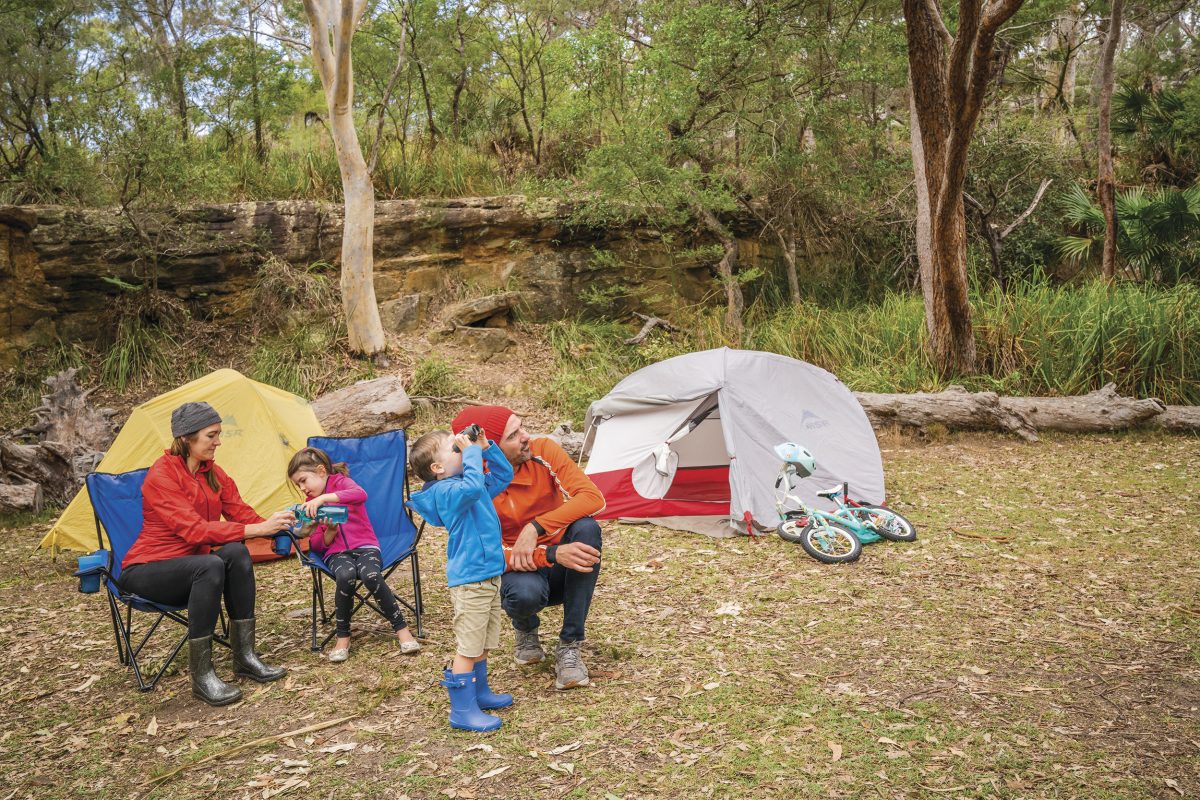 Photo Information
Photo InformationSpending time with the Fam
John Spencer/DPIE
Let’s be honest, getting kids to put down their device and go outside is often a hard sell unless there is something new to explore or discover. Birdwatching is a great activity for families, as you can do it while riding your bike, going on a bushwalk, or even kayaking down the river. Our national parks are incredibly special, and they’re the perfect place to teach your kids about caring for the environment in a way they’ll remember for years to come.
Birdwatching can also help kids learn valuable life skills like counting, colours, listening, patience and attention to detail. Younger kids can practice their counting by logging the number of birds they see, or looking carefully in the trees for any sudden movements. Teenagers can learn to identify the unique markings and songs of each bird, using their research skills to look them up and learn more about the bird’s diet and habitat.
Ranger tip: Be careful when encountering wildlife in NSW national parks, and don’t be tempted to feed them your leftovers. Make sure you keep your distance and don’t touch birds or their nests.
-
It’s good for staying local
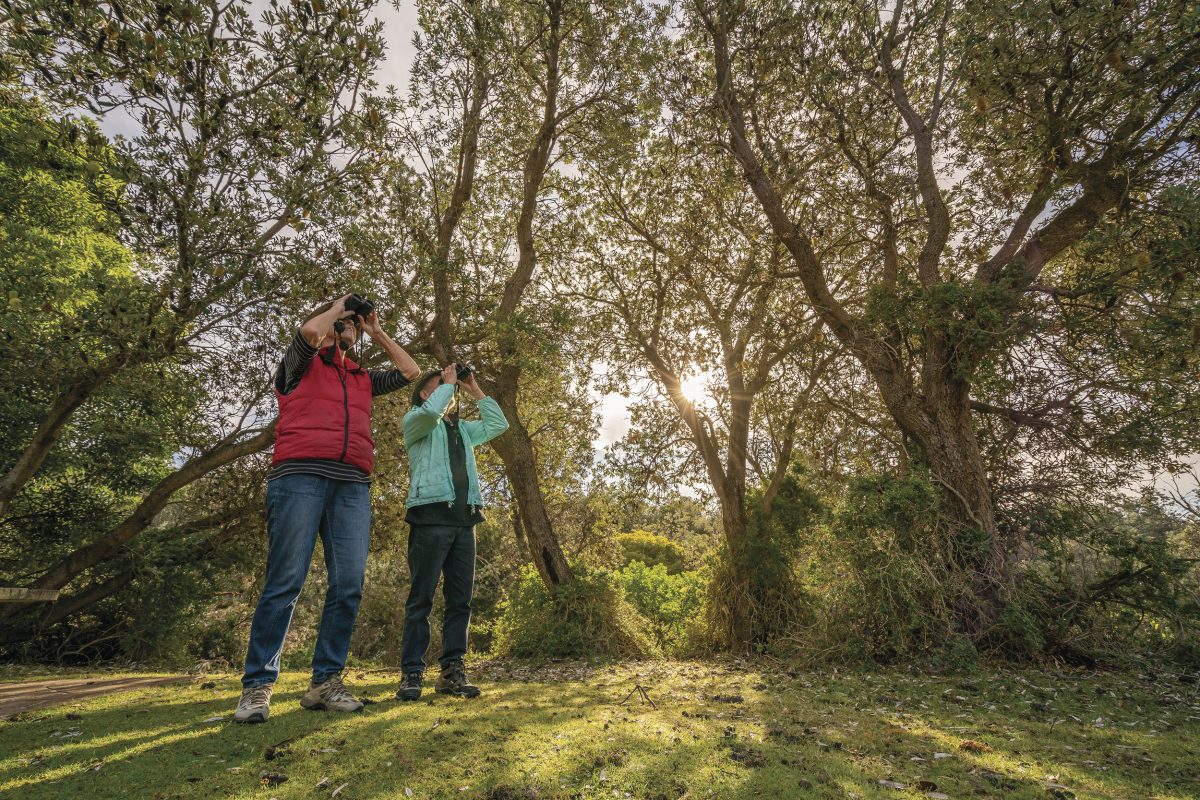 Photo Information
Photo InformationBeowa National Park
John Spencer/DPIE
Birdwatching is a great way to explore your local environment with a fresh perspective. You can even start from your balcony or backyard. You’ll be surprised how many types of birds you see once you start paying attention. Work out what birds you’re seeing using BirdLife Australia’s bird finder tool, and share your success on social using hashtags like #BirdingatHome or #CuppaWithTheBirds.
Ranger tip: Visit our national parks on a weekday to avoid crowds. If you’re going on a weekend or during school holidays, try to visit popular parks outside the busiest times of 11am-2pm.
View this post on Instagram
If you feel like getting out of town, visit one of the hundreds of national parks and reserves across NSW (many are within easy reach of the Sydney CBD). Some are well known for their bird life, like Capertee National Park near Lithgow. It’s recognised internationally as an Important Bird Area (IBA) and one of the 50 top bird watching places in the world. Add a pretty camping spot, some challenging walks and a stunning lookout, and you’ve got yourself a holiday to rival any international destination.Recent rain: Means many rivers are now full, which means guaranteed birdwatching. Head to NSW wetlands such as Waterbird Lagoon bird hide in Gwydir Wetlands State Conservation Area or An oasis in the outback – Peery Lake in Paroo-darling National Park .
DownloadNSW National Parks appDownload your next adventure -
How to get started
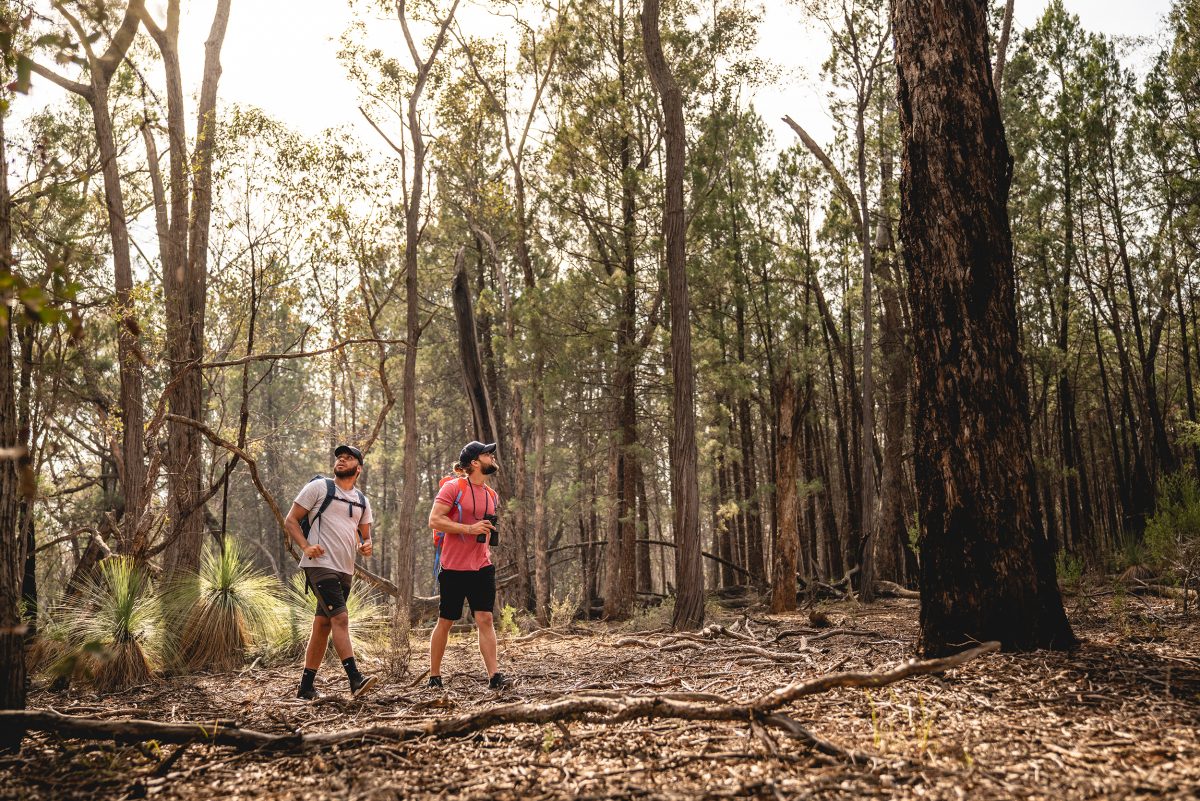 Photo Information
Photo InformationLivingstone National Park
Rob Mulally / DPIE (2019)
There are plenty of places to go birdwatching in NSW, and you don’t need much to get started. A pair of binoculars, a guidebook or bird spotting app, and a notebook will help. If you’re making a day of it, it’s a good idea to pack a bag with sunscreen, a hat, snacks, plenty of water and a first-aid kit. Kids might also like to take a sketchpad and pencils to draw the birds they see. Then it’s just about heading outdoors to appreciate the beauty of the spectacular native birds in our NSW national parks.
Practice makes perfect: Don’t be daunted by all the birds you see and hear in national parks. Start with the birds you already know and go from there. The more birdwatching you do, the better you’ll get.
